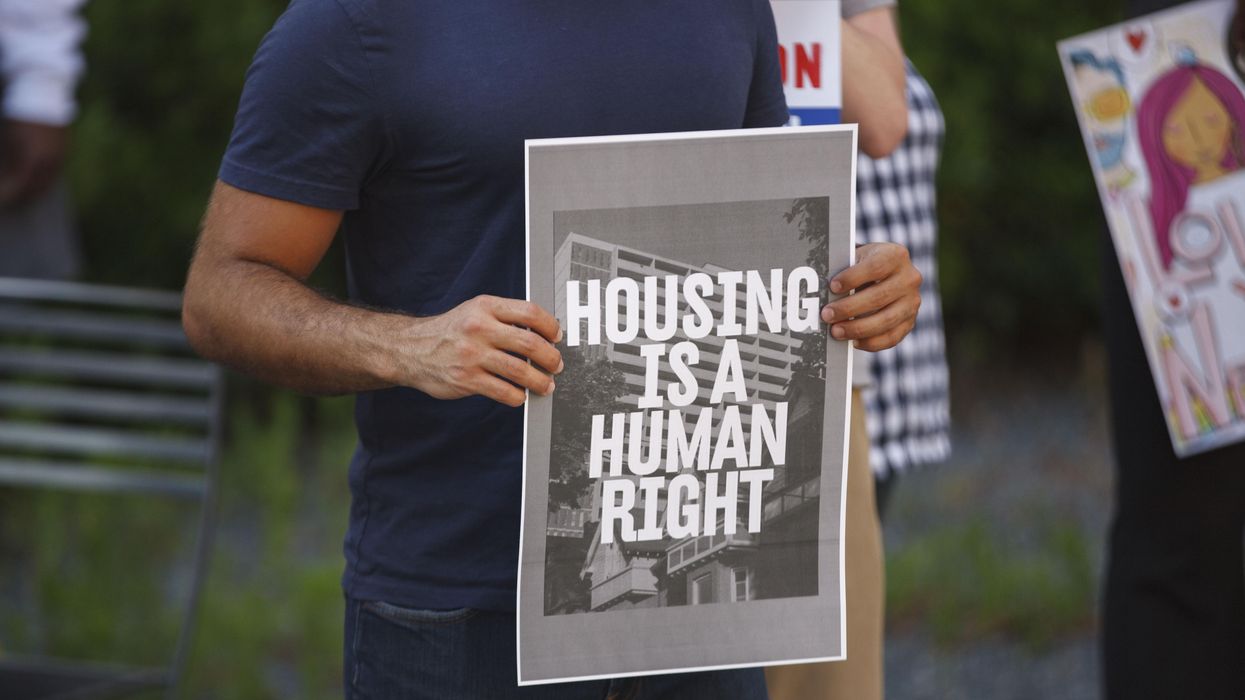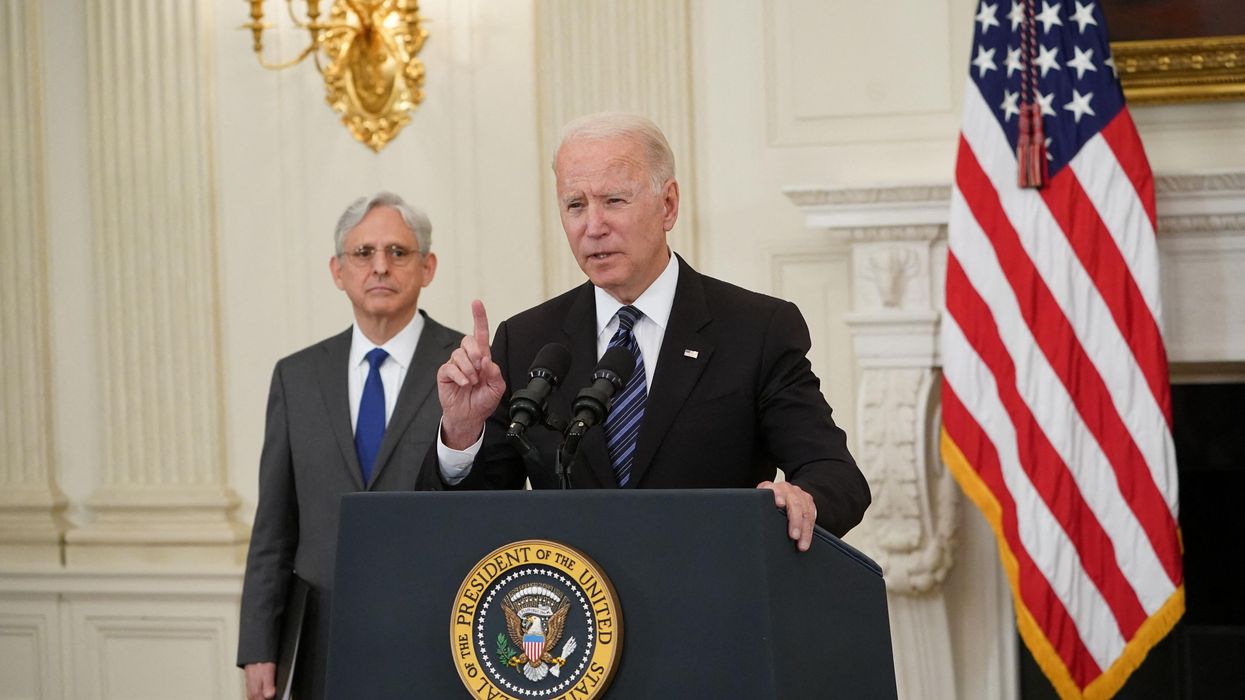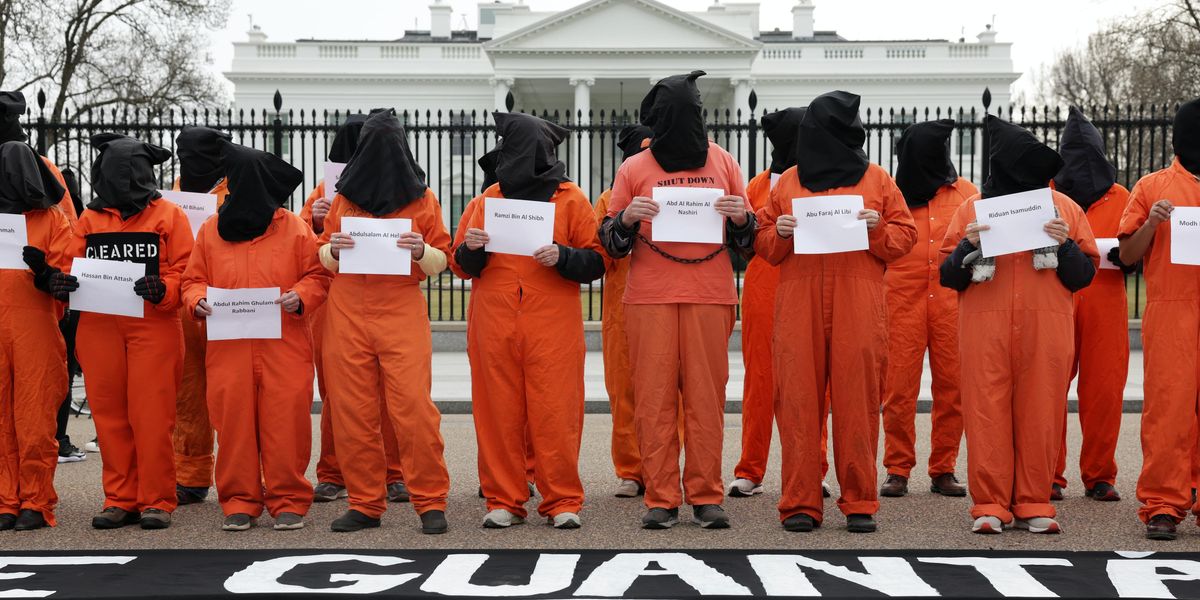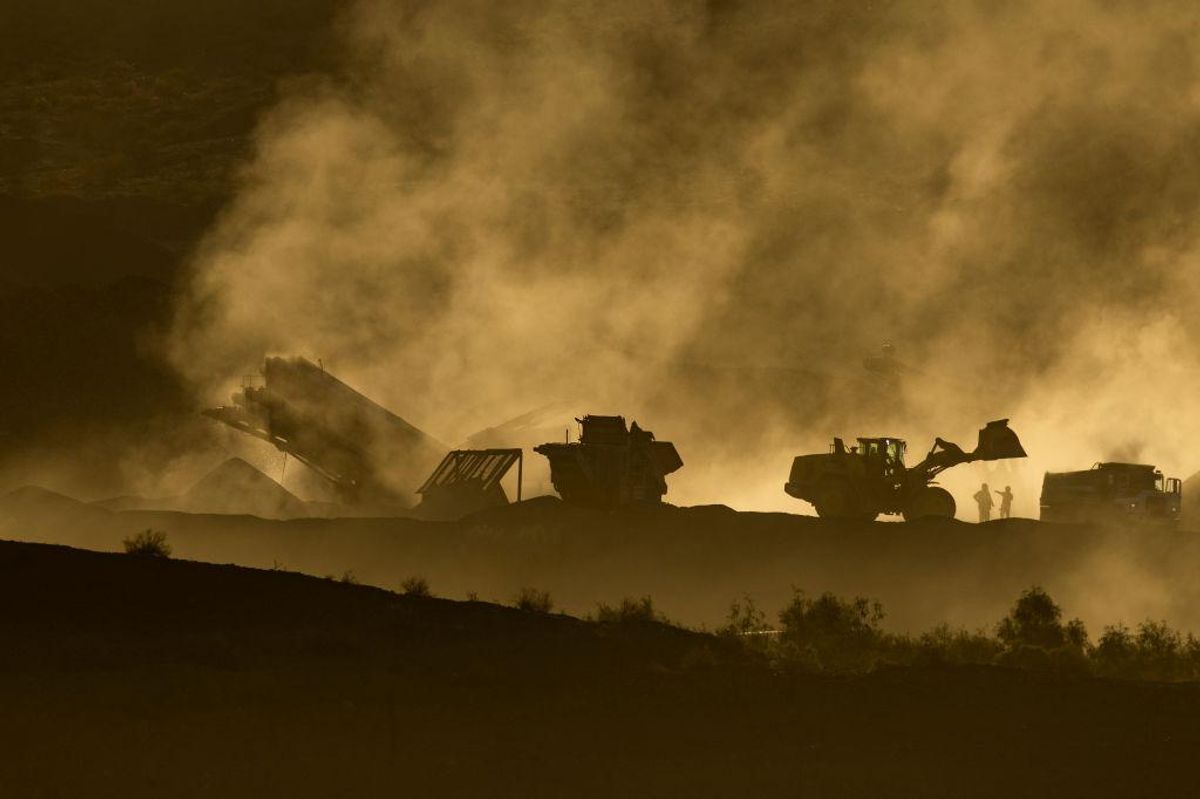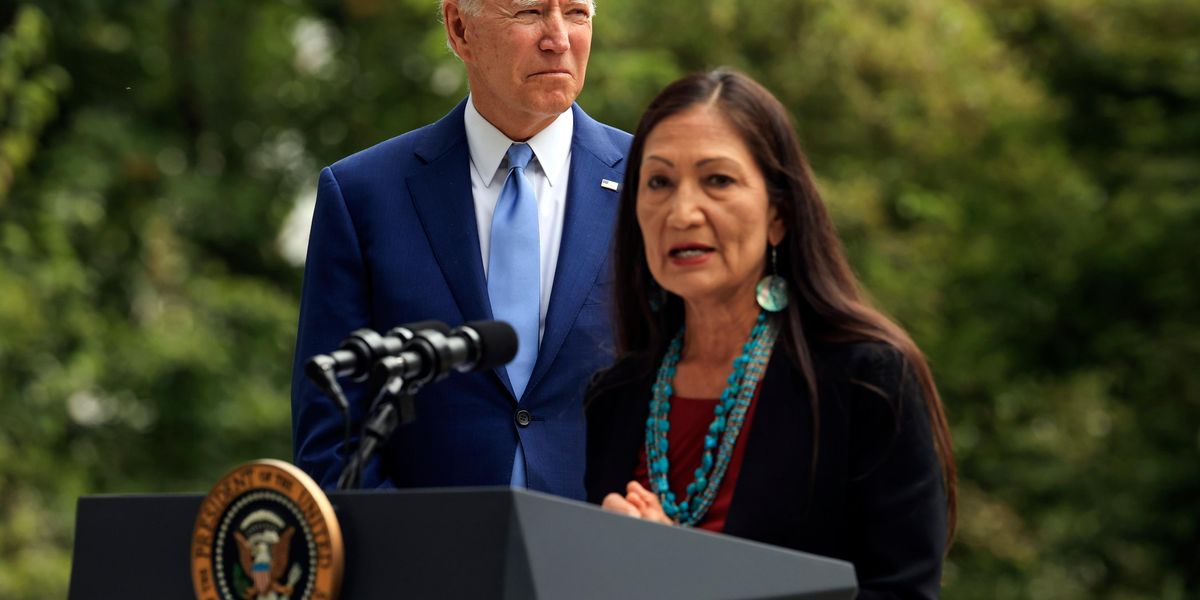
Although President Joe Biden vowed on the campaign trail to phase out federal leasing for fossil fuel extraction, his administration approved more permits for oil and gas drilling on public lands in its first two years than the Trump administration did in 2017 and 2018.
According to the Center for Biological Diversity’s analysis of federal data released Wednesday, the Biden White House greenlit 6,430 permits for oil and gas drilling on public lands in 2021 and 2022—a 4.2% increase over former President Donald Trump’s administration, which rubber-stamped 6,172 drilling permits in its first two years.
“Two years of runaway drilling approvals are a spectacular failure of climate leadership by President Biden and Interior Secretary Deb Haaland,” said Taylor McKinnon of the Center for Biological Diversity. “Avoiding catastrophic climate change requires phasing out fossil fuel extraction, but instead we’re still racing in the opposite direction.”
Of the drilling authorized so far by the Biden administration, nearly 4,000 permits have been approved for public lands in New Mexico, followed by 1,223 in Wyoming and several hundred each in Utah, Colorado, California, Montana, and North Dakota.
According to the Center for Biological Diversity, these “Biden-approved drilling permits will result in more than 800 million tons of estimated equivalent greenhouse gas pollution, or the annual climate pollution from about 217 coal-fired power plants.”
Just last week, United Nations Secretary-General António Guterres told the elites gathered at the World Economic Forum in Davos that “fossil fuel producers and their enablers are still racing to expand production, knowing full well that their business model is inconsistent with human survival.”
Reams of scientific evidence show that pollution from the world’s existing fossil fuel developments is enough to push temperature rise well beyond 1.5°C above the preindustrial baseline. Averting calamitous levels of global heating necessitates ending investment in new oil and gas projects and phasing out extraction to keep 40% of the fossil fuel reserves at currently operational sites underground.
As a presidential candidate, Biden pledged to ban new oil and gas lease sales on public lands and waters and to require federal permitting decisions to weigh the social costs of additional planet-heating pollution. Although Biden issued an executive order suspending new fossil fuel leasing during his first week in office, his administration’s actions since then have run roughshod over earlier promises, worsening the deadly climate crisis that the White House claims to be serious about mitigating.
“The president and interior secretary have the power to avoid a climate catastrophe, but they need to change course rapidly.”
The U.S. Department of Interior (DOI) argued on August 24, 2021 that it was required to resume lease auctions because of a preliminary injunction issued by U.S. Judge Terry A. Doughty, a Trump appointee who ruled in favor of a group of Big Oil-funded Republican attorneys general that sued Biden over his moratorium. In a memorandum of opposition filed on the same day, however, the U.S. Department of Justice (DOJ) asserted that while Doughty’s decision prevented the Biden administration from implementing its pause, it did not compel the DOI to hold new lease sales, “let alone on the urgent timeline specified in plaintiffs’ contempt motion.”
Just days after Biden called global warming “an existential threat to human existence” and declared Washington’s ostensible commitment to decarbonization at the COP26 climate summit in Glasgow, the DOI ignored the DOJ’s legal advice and proceeded with Lease Sale 257. The nation’s largest-ever offshore auction, which saw more than 80 million acres of the Gulf of Mexico offered to the highest-bidding oil and gas giants, was blocked in January 2022 by a federal judge who wrote that the Biden administration violated environmental laws by not adequately accounting for the likely consequences of resulting emissions.
Despite Biden’s pledge to cut U.S. greenhouse gas pollution in half by the end of this decade, the DOI’s Bureau of Land Management held lease sales in several Western states in 2022, opening up tens of thousands of acres of public land to fossil fuel production. The DOI has so far announced plans for three new onshore oil and gas lease sales in 2023. The first will offer more than 261,200 acres of public land in Kansas, Nebraska, New Mexico, and Wyoming to the highest-bidding drillers. The second and third will put a total of 95,411 acres of public land in Nevada and Utah on the auction block.
In addition, the Biden administration published a draft proposal last summer that, if implemented, would permit up to 11 new oil and gas lease sales for drilling off the coast of Alaska and in the Gulf of Mexico over a five-year period.
The president’s 2021 freeze on new lease auctions was meant to give the DOI time to analyze the “potential climate and other impacts associated with oil and gas activities on public lands or in offshore waters.” Nevertheless, the agency’s long-awaited review of the federal leasing program effectively ignored the climate crisis, instead proposing adjustments to royalties, bids, and bonding in what environmental justice campaigners described as a “shocking capitulation to the needs of corporate polluters.”
The U.S. Geological Survey has estimated that roughly 25% of the country’s total carbon dioxide emissions and 7% of its overall methane emissions can be attributed to fossil fuel extraction on public lands and waters. According to peer-reviewed research, a nationwide prohibition on federal oil and gas leasing would slash carbon dioxide emissions by 280 million tons per year.
The Biden administration “has not enacted any policies to significantly limit drilling permits or manage a decline of production to avoid 1.5°C degrees of warming,” the Center for Biological Diversity lamented. The White House even supported the demands of right-wing Democratic Sen. Joe Manchin (W.Va.)—Congress’ leading recipient of fossil fuel industry cash and a long-time coal profiteer—to “add provisions to the Inflation Reduction Act that will lock in fossil fuel leasing for the next decade.”
On numerous occasions, including earlier this month, progressive lawmakers and advocacy groups have implored the Biden administration to use its executive authority to phase out oil and gas production on public lands and in offshore waters. A petition submitted last year came equipped with a regulatory framework to wind down oil and gas production by 98% by 2035. According to the coalition that drafted it, the White House can achieve this goal by using long-dormant provisions of the Mineral Leasing Act, Outer Continental Shelf Lands Act, and the National Emergencies Act.
“The president and interior secretary have the power to avoid a climate catastrophe, but they need to change course rapidly,” McKinnon said Wednesday. “Strong executive action can meet the climate emergency with the urgency it demands, starting with phasing out fossil fuel production on public lands and waters.”
This post was originally published on Common Dreams.
